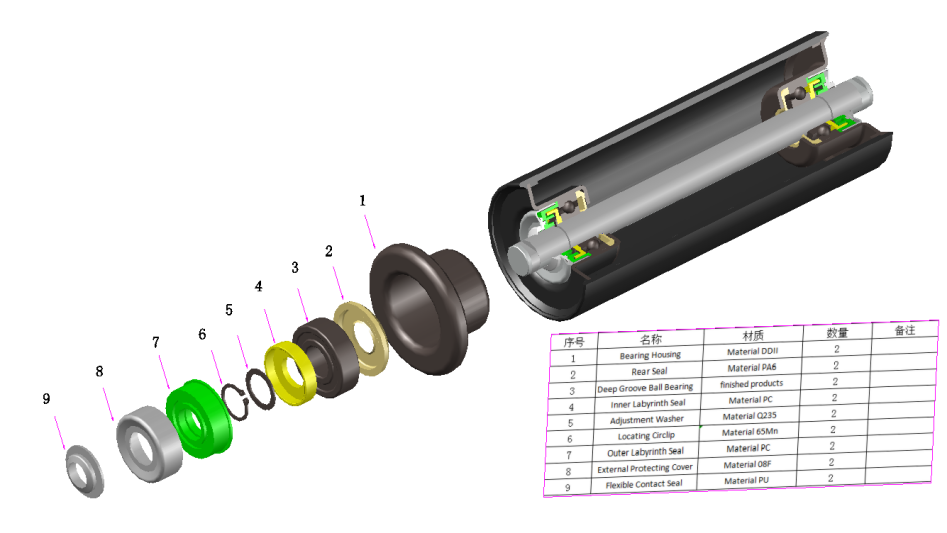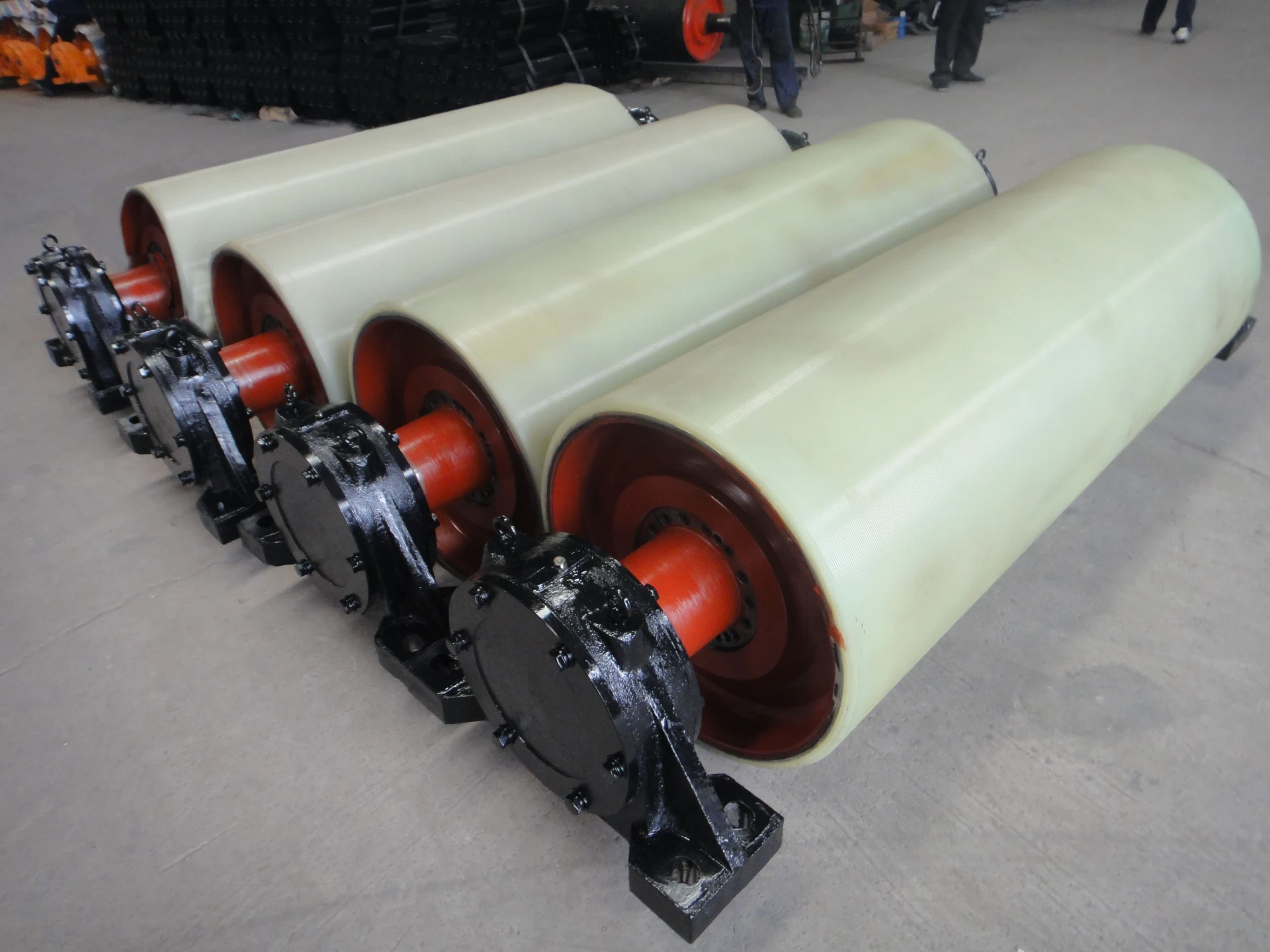 Afrikaans
Afrikaans  Albanian
Albanian  Amharic
Amharic  Arabic
Arabic  Armenian
Armenian  Azerbaijani
Azerbaijani  Basque
Basque  Belarusian
Belarusian  Bengali
Bengali  Bosnian
Bosnian  Bulgarian
Bulgarian  Catalan
Catalan  Cebuano
Cebuano  Corsican
Corsican  Croatian
Croatian  Czech
Czech  Danish
Danish  Dutch
Dutch  English
English  Esperanto
Esperanto  Estonian
Estonian  Finnish
Finnish  French
French  Frisian
Frisian  Galician
Galician  Georgian
Georgian  German
German  Greek
Greek  Gujarati
Gujarati  Haitian Creole
Haitian Creole  hausa
hausa  hawaiian
hawaiian  Hebrew
Hebrew  Hindi
Hindi  Miao
Miao  Hungarian
Hungarian  Icelandic
Icelandic  igbo
igbo  Indonesian
Indonesian  irish
irish  Italian
Italian  Japanese
Japanese  Javanese
Javanese  Kannada
Kannada  kazakh
kazakh  Khmer
Khmer  Rwandese
Rwandese  Korean
Korean  Kurdish
Kurdish  Kyrgyz
Kyrgyz  Lao
Lao  Latin
Latin  Latvian
Latvian  Lithuanian
Lithuanian  Luxembourgish
Luxembourgish  Macedonian
Macedonian  Malgashi
Malgashi  Malay
Malay  Malayalam
Malayalam  Maltese
Maltese  Maori
Maori  Marathi
Marathi  Mongolian
Mongolian  Myanmar
Myanmar  Nepali
Nepali  Norwegian
Norwegian  Norwegian
Norwegian  Occitan
Occitan  Pashto
Pashto  Persian
Persian  Polish
Polish  Portuguese
Portuguese  Punjabi
Punjabi  Romanian
Romanian  Russian
Russian  Samoan
Samoan  Scottish Gaelic
Scottish Gaelic  Serbian
Serbian  Sesotho
Sesotho  Shona
Shona  Sindhi
Sindhi  Sinhala
Sinhala  Slovak
Slovak  Slovenian
Slovenian  Somali
Somali  Spanish
Spanish  Sundanese
Sundanese  Swahili
Swahili  Swedish
Swedish  Tagalog
Tagalog  Tajik
Tajik  Tamil
Tamil  Tatar
Tatar  Telugu
Telugu  Thai
Thai  Turkish
Turkish  Turkmen
Turkmen  Ukrainian
Ukrainian  Urdu
Urdu  Uighur
Uighur  Uzbek
Uzbek  Vietnamese
Vietnamese  Welsh
Welsh  Bantu
Bantu  Yiddish
Yiddish  Yoruba
Yoruba  Zulu
Zulu ജനു . 29, 2025 05:43
Back to list
Slagging Pulley(Heavy Duty)
Conveyor pulley lagging material plays an essential role in the efficient and effective operation of conveyor systems, which are crucial in sectors such as mining, manufacturing, and logistics. Selecting the right lagging material not only enhances the longevity of the conveyor pulley but also significantly improves the system's overall performance. This article delves into various aspects of conveyor pulley lagging material, offering insights drawn from industry expertise and authoritative sources to aid you in making informed decisions.
In selecting the appropriate lagging material, it’s essential to consider not only the physical and environmental demands of the operation but also maintenance and operational costs. Properly installed and chosen lagging can dramatically reduce operational costs over time by minimizing downtime, maintenance, and energy consumption. Compressor systems often require specifically tailored lagging solutions to enhance operational efficiency. Installation precision is also key. Improperly fitted lagging can lead to uneven wear and tear, increased energy usage, and potential safety hazards. Therefore, seeking expertise from experienced professionals during installation can be a valuable investment. When reviewing lagging solutions, it’s advisable to partner with a supplier or manufacturer with a solid reputation and proven track record. Look for industry-standard certifications and customer testimonials to gauge their reliability. A trustworthy supplier will not only provide quality materials but also offer valuable advice and support in choosing and maintaining the right lagging solution for your specific needs. In conclusion, the importance of selecting the appropriate conveyor pulley lagging material cannot be overstressed. It directly impacts the efficiency and longevity of your conveyor system. By understanding the demands of your operational environment and the properties of various lagging materials, you can make an informed decision that enhances productivity and safeguards your investment. With expert advice and reliable materials, you can ensure that your conveyor system operates smoothly and efficiently, contributing to your business's overall success.


In selecting the appropriate lagging material, it’s essential to consider not only the physical and environmental demands of the operation but also maintenance and operational costs. Properly installed and chosen lagging can dramatically reduce operational costs over time by minimizing downtime, maintenance, and energy consumption. Compressor systems often require specifically tailored lagging solutions to enhance operational efficiency. Installation precision is also key. Improperly fitted lagging can lead to uneven wear and tear, increased energy usage, and potential safety hazards. Therefore, seeking expertise from experienced professionals during installation can be a valuable investment. When reviewing lagging solutions, it’s advisable to partner with a supplier or manufacturer with a solid reputation and proven track record. Look for industry-standard certifications and customer testimonials to gauge their reliability. A trustworthy supplier will not only provide quality materials but also offer valuable advice and support in choosing and maintaining the right lagging solution for your specific needs. In conclusion, the importance of selecting the appropriate conveyor pulley lagging material cannot be overstressed. It directly impacts the efficiency and longevity of your conveyor system. By understanding the demands of your operational environment and the properties of various lagging materials, you can make an informed decision that enhances productivity and safeguards your investment. With expert advice and reliable materials, you can ensure that your conveyor system operates smoothly and efficiently, contributing to your business's overall success.
Next:
Latest news
-
Conveyor Assembly: Integral Components for Efficient Material Handling SystemsNewsAug.28,2025
-
Conveyor Bearing Housing: Critical Components for Roller Stability and PerformanceNewsAug.28,2025
-
Conveyor Idlers and Rollers: Key Elements for Belt Alignment and EfficiencyNewsAug.28,2025
-
Conveyor Rollers: Essential Components for Material Transport SystemsNewsAug.28,2025
-
Belt Conveyor Pulley: Key Components in Conveyor SystemsNewsAug.28,2025
-
Belt Conveyor Idler: Essential Components in Conveying SystemsNewsAug.28,2025
OUR PRODUCTS





























